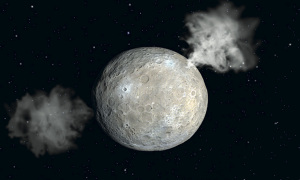
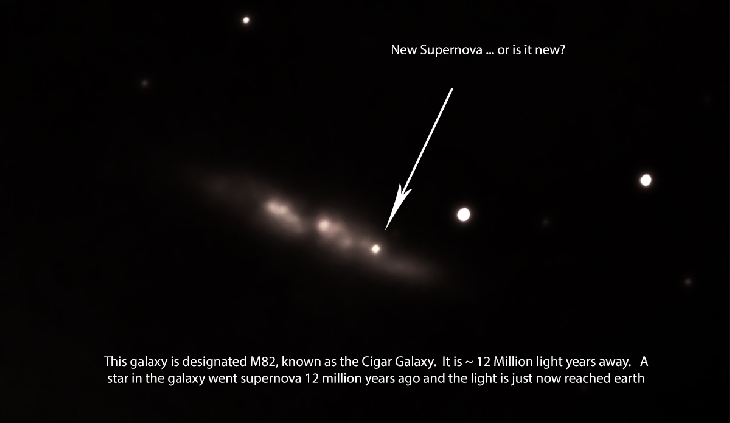
Haunting the Web Since 1999



Also in potentially earth-shattering space news, Stephen Hawking — “one of the creators of modern black-hole theory” — has released a new paper (not-yet-peer-reviewed) arguing that there are no black holes, really: Quantum theory suggests that matter eventually escapes from them. “A full explanation of the process, the physicist admits, would require a theory that successfully merges gravity with the other fundamental forces of nature. But that is a goal that has eluded physicists for nearly a century.”

Time? What time do you think we have? As has been going around the Interweb, a series of intriguing timelines ranging from last year to the age of the universe. Among the interesting facts pointed out: “The T-Rex is closer in time to seeing a Justin Bieber concert than seeing a live stegosaurus.” Also: “When we refer to the most ancient of ancient history, we are still just talking about…less than 3% of the time that humans who look like us have existed.”
(Klaatu barada nitko?) All that being said, one Comic-Con remake reveal I can get excited about — although “Executive Producer Seth McFarlane” gives me a moment of pause — is Neil DeGrasse Tyson’s upcoming 13-episode reboot of Cosmos.
“‘There’s never been a more important time for COSMOS to re-emerge than right now. I want to make this so entertaining, and so flashy, and so exciting that people who have no interest in science will watch just because it’s a spectacle,'” MacFarlane said in a news release.”
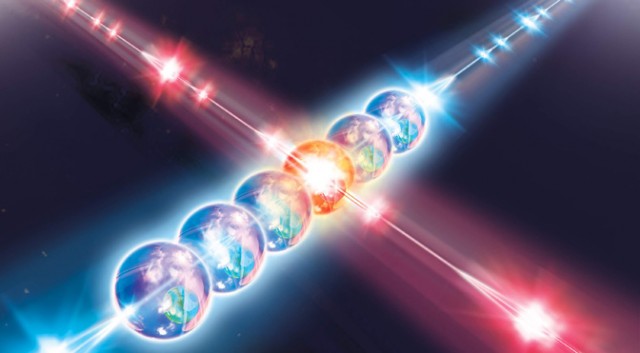
By utilizing (as I understand it) the transitive properties of quantum entanglement, scientists in Israel manage to link two photons that never exist at the same time. “It’s really neat because it shows more or less that quantum events are outside our everyday notions of space and time…This sort of thing opens up people’s minds and suddenly somebody has an idea to use it in quantum computing or something.”
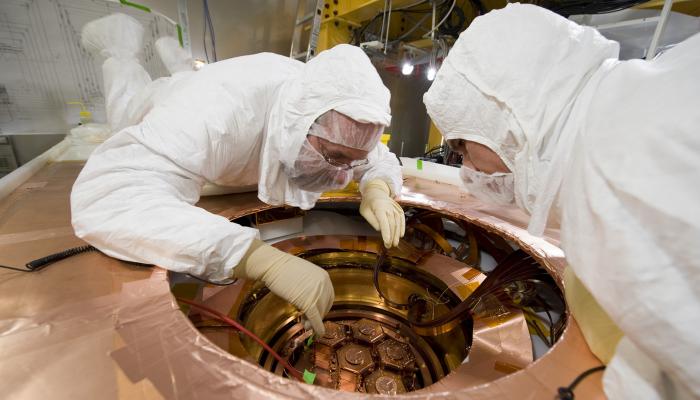
There are older things than Orcs in the deep places of the world: Symmetry Magazine checks in with the Cryogenic Dark Matter Search experiment happening a mile beneath Minnesota. As I’ve mentioned before, I came close to spending a summer in high school standing around a similar underground science project, searching for neutrinos. “The year 2013 should be an interesting one in the search for dark matter.”
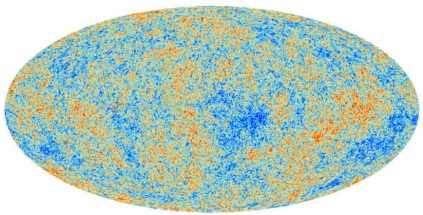
This came out while I was in Seattle and I’ve been meaning to catch up: By measuring the cosmic background radiation still extant from the Big Bang, the ESA’s Planck satellite gives us our most detailed map of the universe yet.
“[T]he new satellite data underscored the existence of puzzling anomalies that may yet lead theorists back to the drawing board. The universe appears to be slightly lumpier, with bigger and more hot and cold spots in the northern half of the sky as seen from Earth than toward the south, for example. And there is a large, unexplained cool spot in the northern hemisphere.”
I find these maps particularly fascinating because, as I said when NASA’s WMAP returned its data in 2003 (and here in 2002), I spent the summer of 1992 poring over the original COBE DMR version of this map for my high school senior thesis, in order to determine whether the radiation exhibited a fractal distribution. (And, honestly, how early 90’s is that?)
“‘A.M.S. has confirmed with exquisite precision and to high energy one of the most exciting mysteries in astrophysics and particle physics,’ said Justin Vandenbroucke, of the University of Wisconsin and Stanford’s SLAC National Accelerator Laboratory.” In related news, NASA’s recently-installed Alpha Magnetic Spectrometer on the ISS is helping physicists and cosmologists get to the bottom of the dark matter mystery.
The A.M.S. has “confirmed previous reports that local interstellar space is crackling with an unexplained abundance of high energy particles, especially positrons, the antimatter version of the familiar electrons that constitute electricity and chemistry…’Over the coming months, A.M.S. will be able to tell us conclusively whether these positrons are a signal for dark matter, or whether they have some other origin.’“

As CERN in Switzerland becomes the new frontier in particle discoveries, physicists worry the United States is falling behind. “How such efforts will fare in this age of sequestration and federal cutbacks is unknown, he admitted, but particle physics has produced important spinoffs into medicine, including imaging devices and beams to treat cancer, and in materials science.”
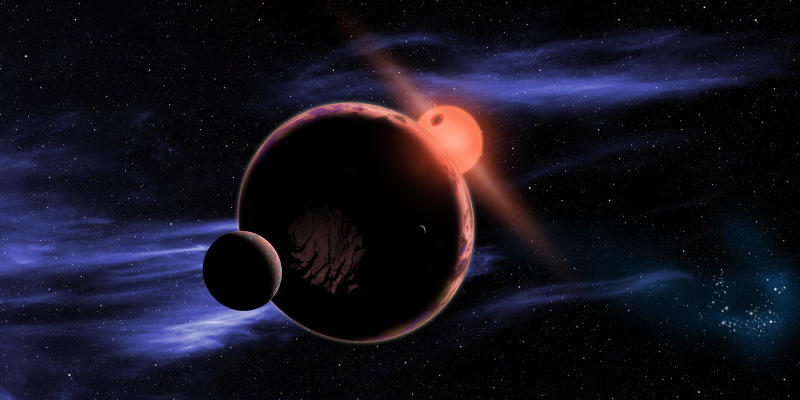
Data from Kepler’s Space Telescope suggests that an estimated 6% of red dwarf stars have planets in the habitable zone, meaning, statistically, we are basically surrounded by inhabitable worlds. “Our Sun is surrounded by a swarm of red dwarf stars. About 75 percent of the closest stars are red dwarfs.”
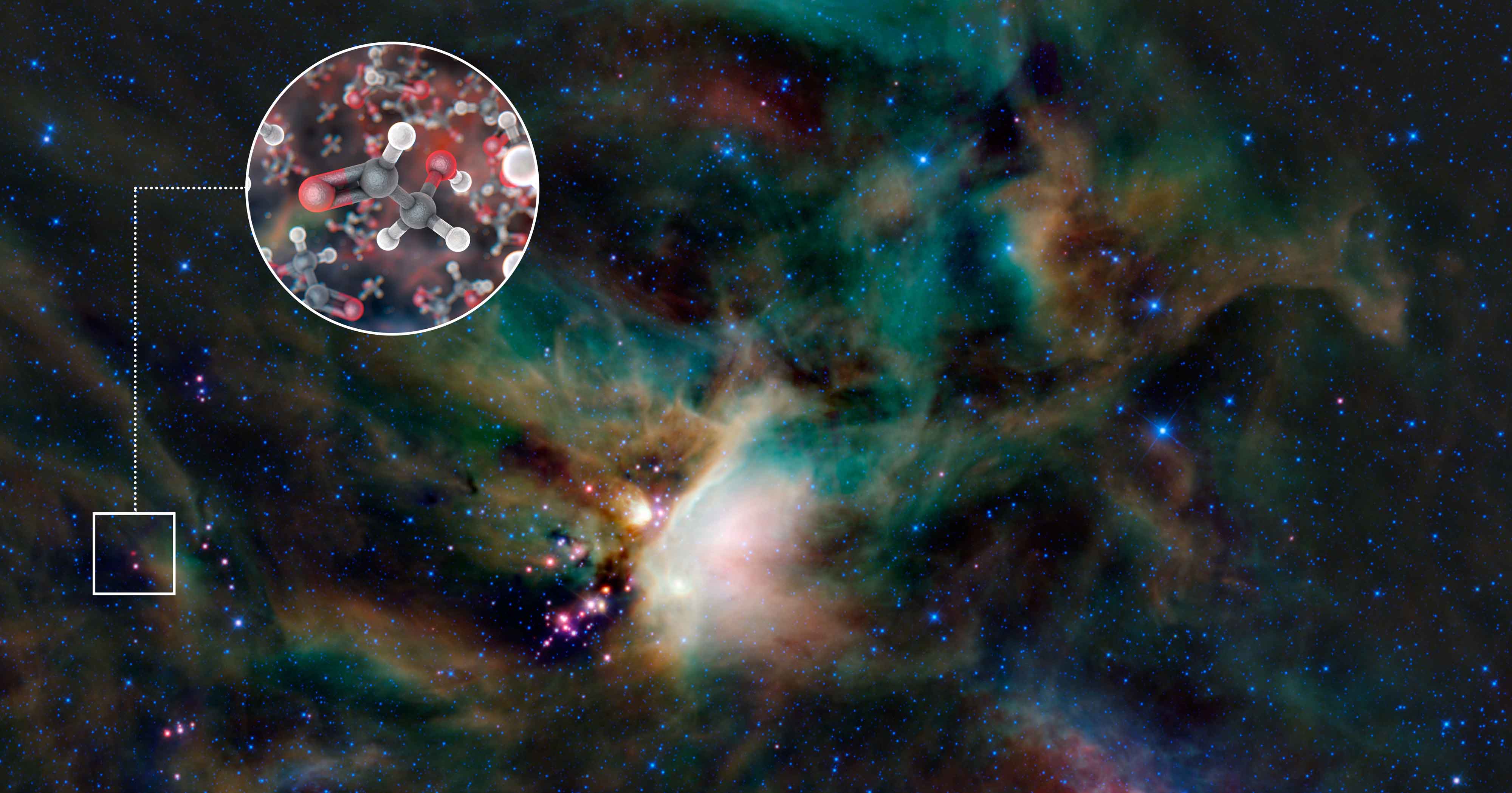
The Land of Chocolate? Astronomers find sugar molecules orbiting young star IRAS 16293-2422, 400 light years away. “‘A big question is: how complex can these molecules become before they are incorporated into new planets?’ Jørgensen said. “This could tell us something about how life might arise elsewhere, and ALMA observations are going to be vital to unravel this mystery.'”